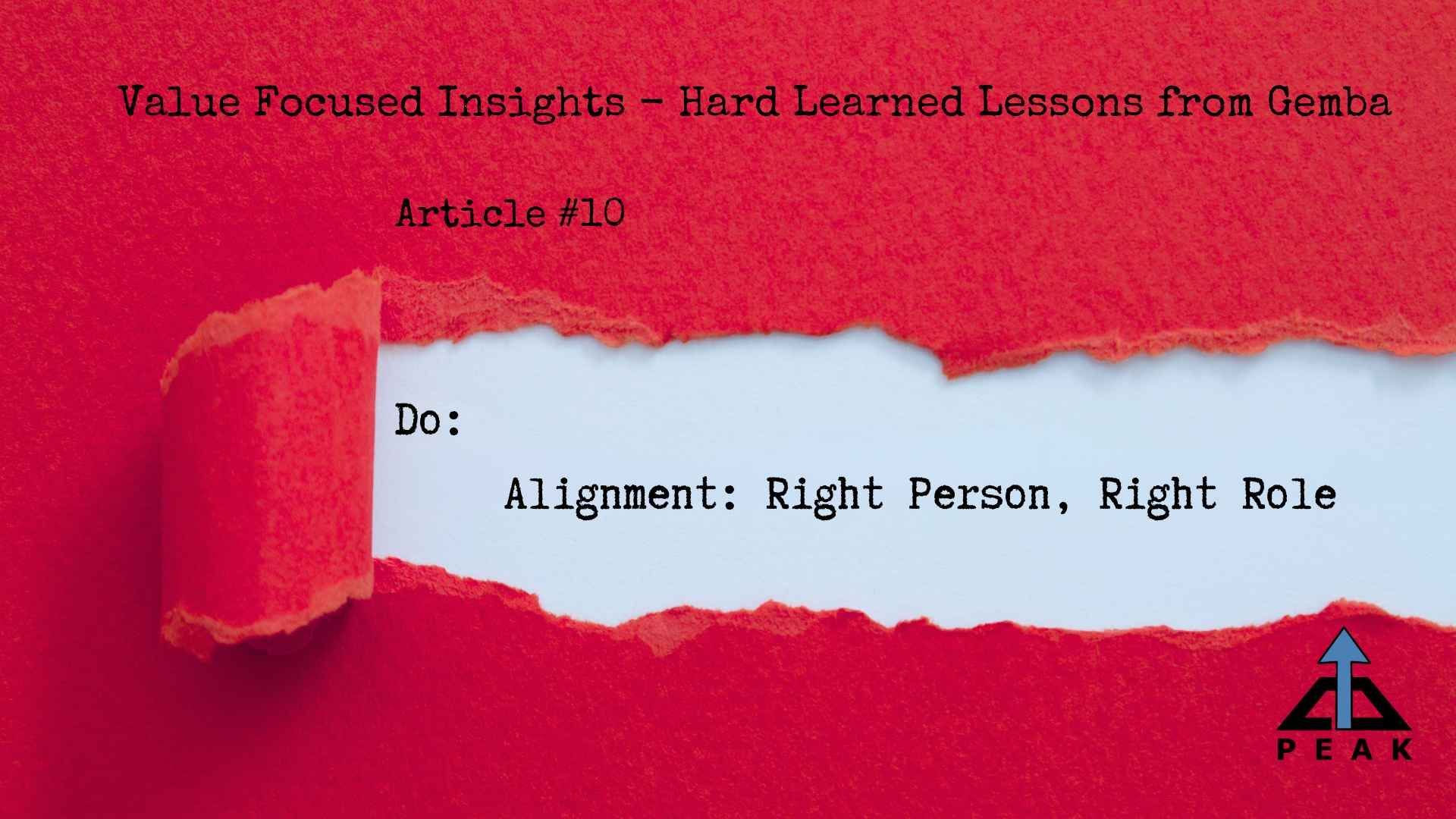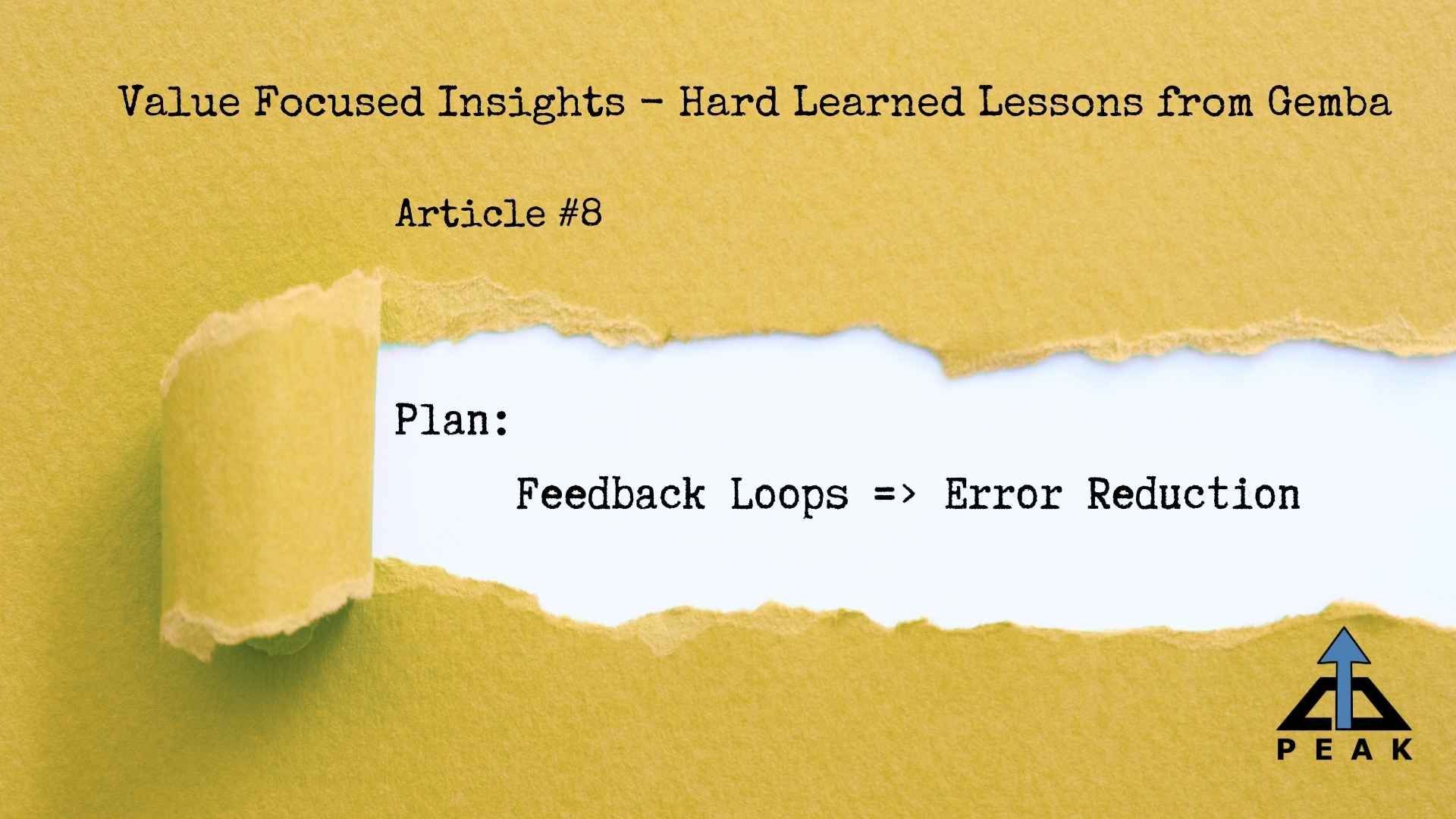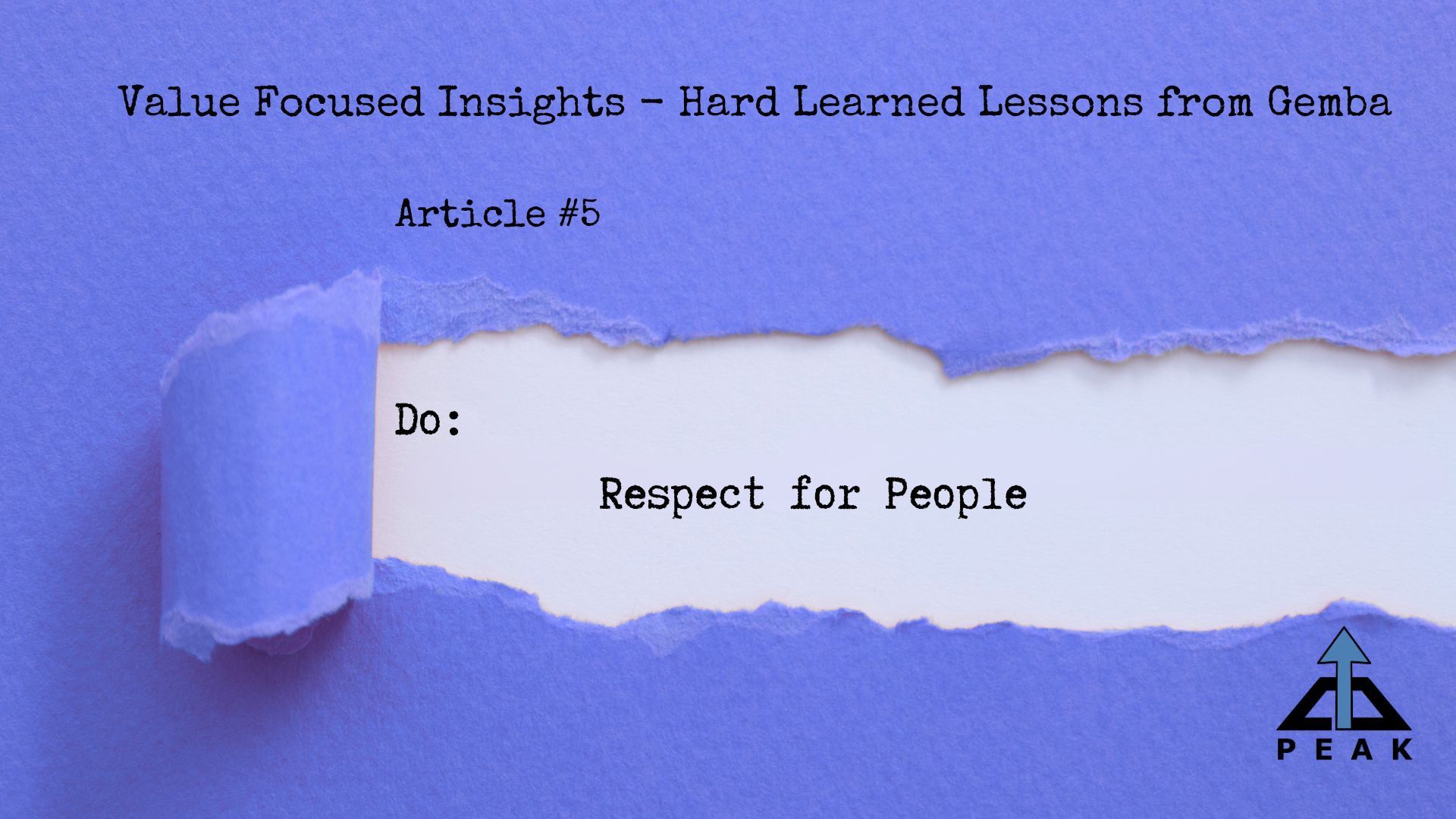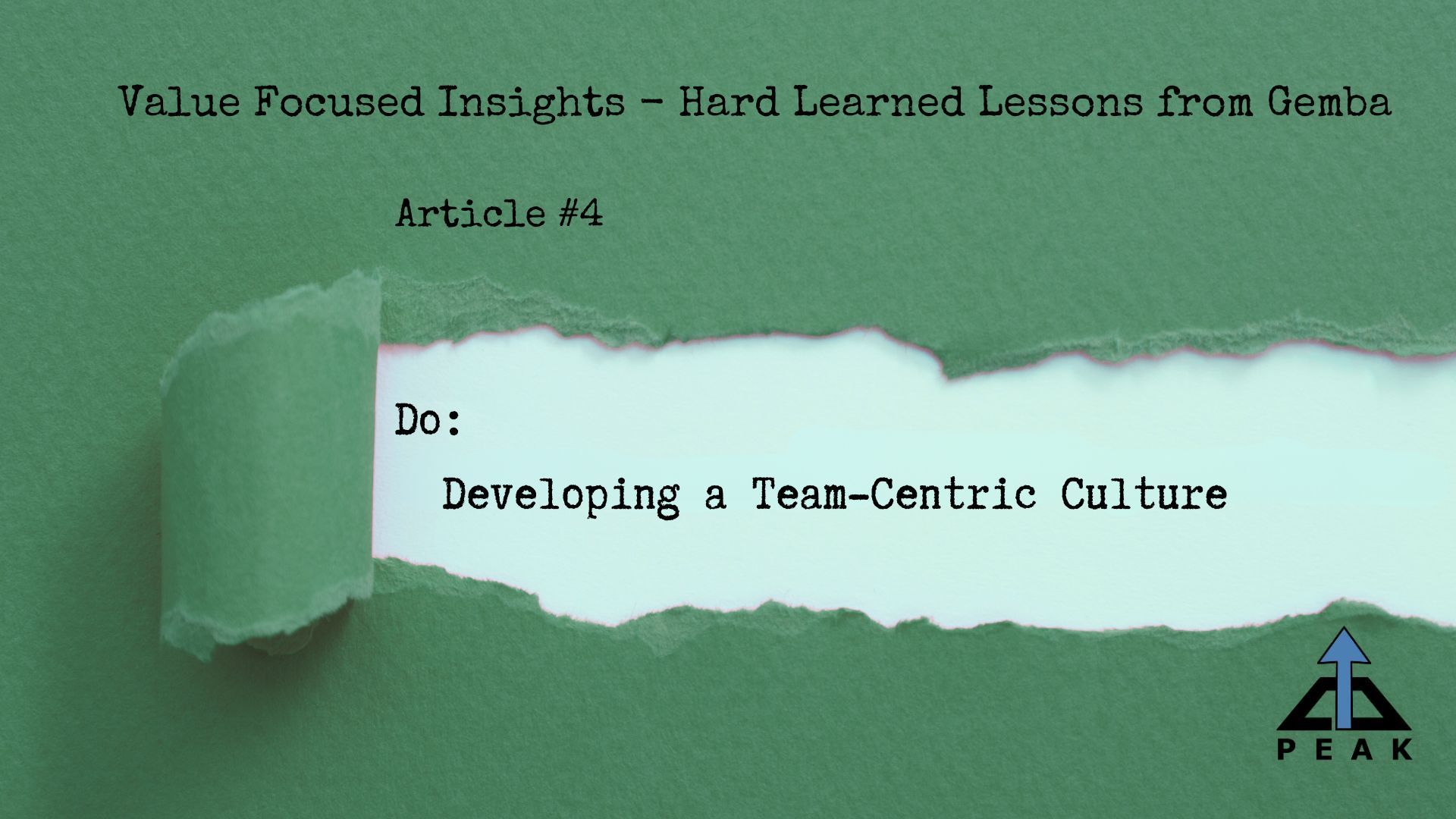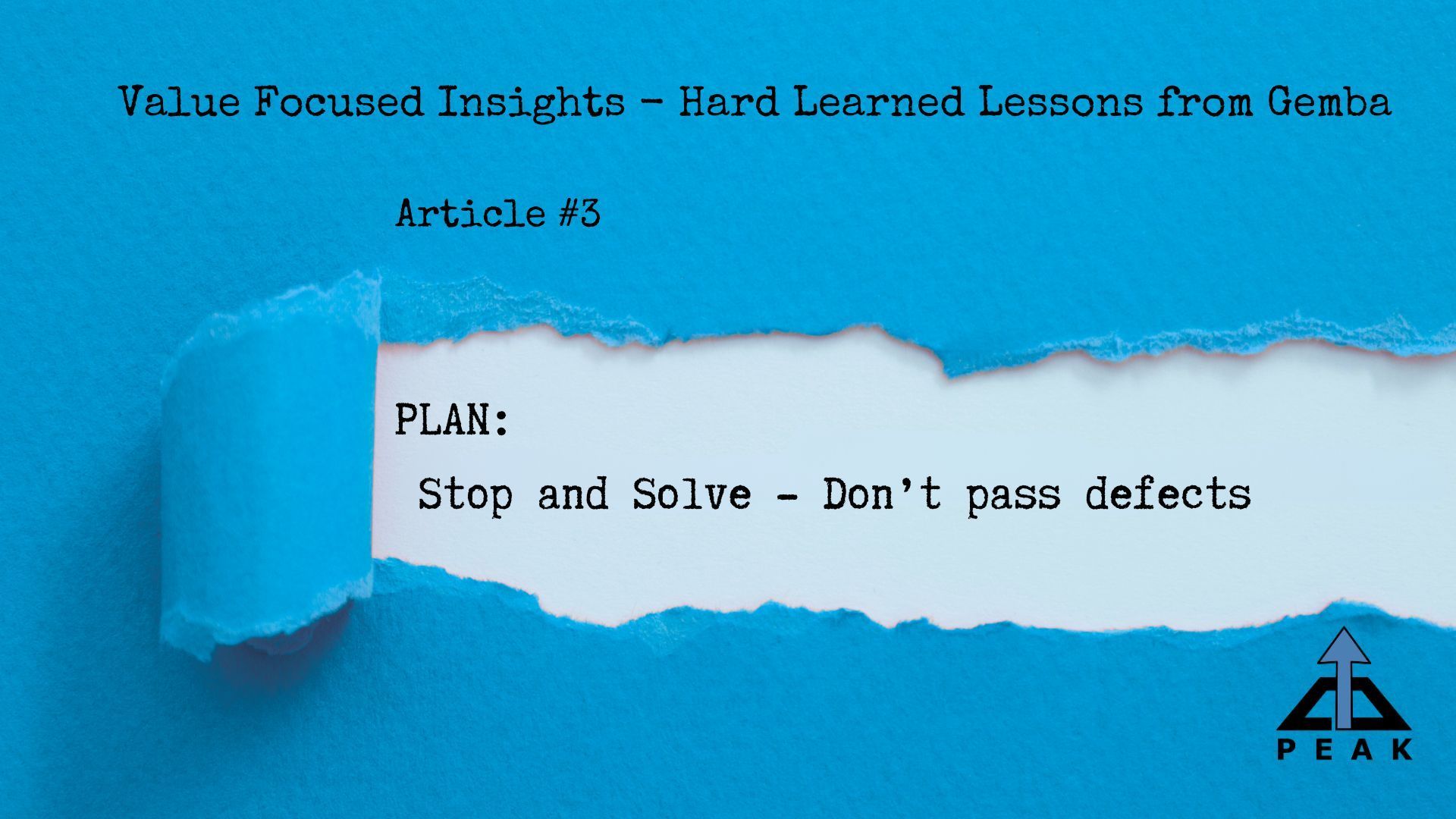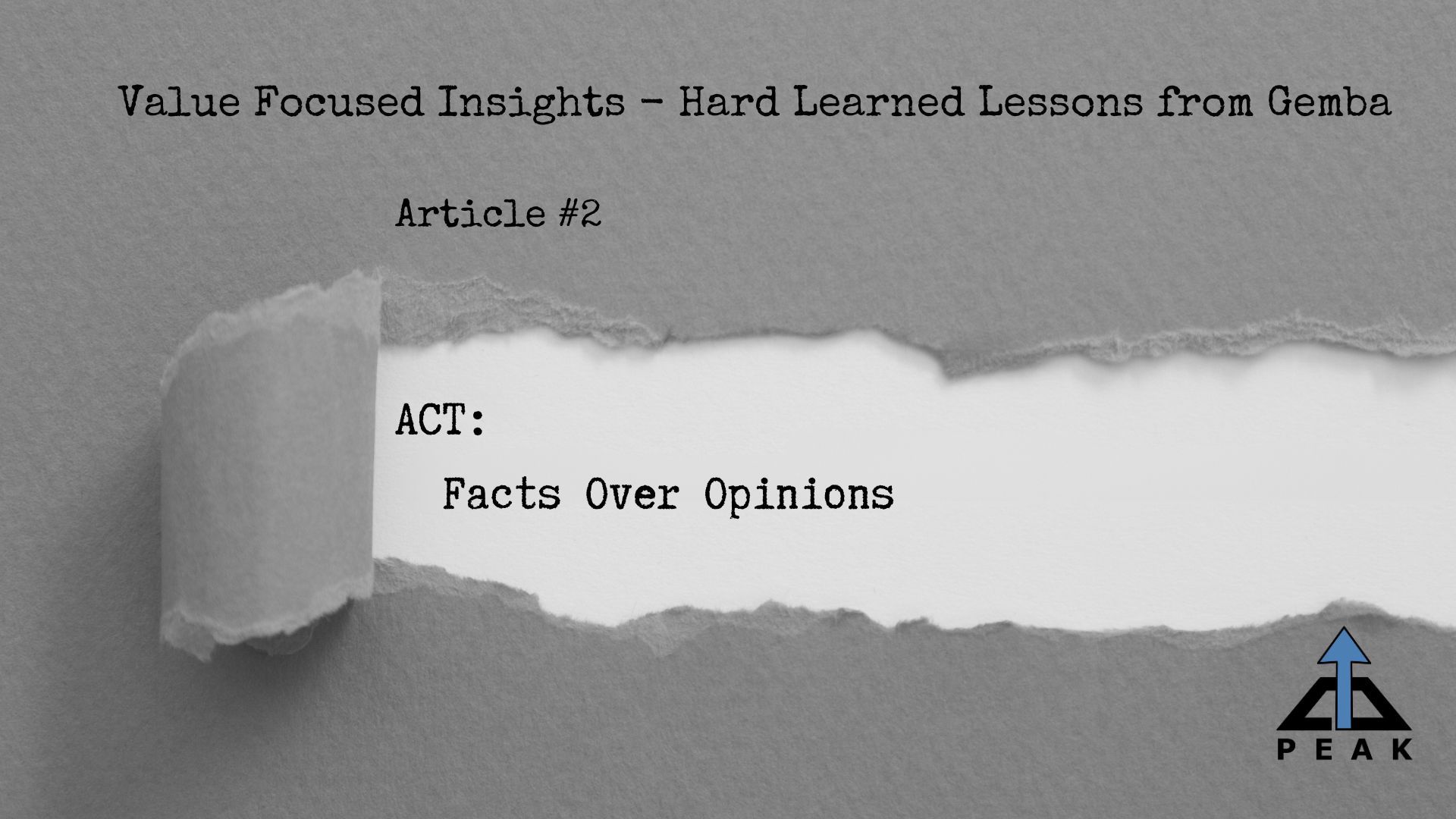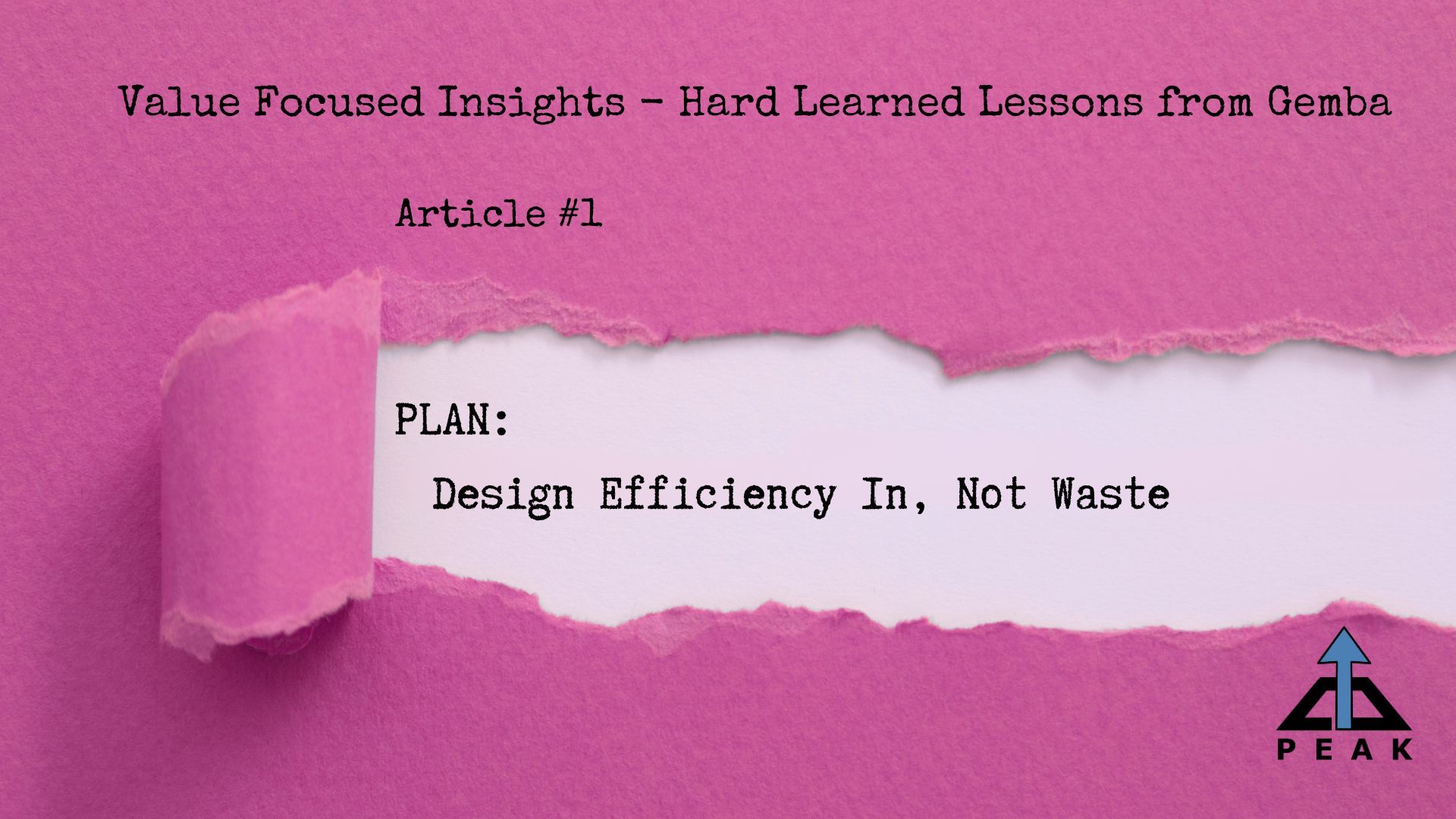Simplicity
Tim Upchurch
The Elegant Solution...

"The way to get started is to quit talking and begin doing."
- Walt Disney
I would like you to take a moment and think about your favorite teacher or professor and the influence they had on your life. What was it that they were able to reach that others couldn’t? Was it the topic that fascinated you, their ability to get you excited about it, or how they challenged or went the extra mile?
I guess I always was drawn to the sophistication of simplicity but didn’t really recognize it until right before college. In my senior year of high school, I was introduced to the wonderful world of physics by a retired West Point Civil Engineer named Roscoe Barber. However, you did not call him Mr. Barber, he would only answer to Colonel Barber. He was eccentric and wonderful all at once. Much of our class time was filled with him telling stories about problems he encountered during his army career, or just about life in general. Peppered within these stories were simple nuggets of wisdom that resonated with me. I didn’t have the context to understand many of them at the time. However, quite often during my own career, I’d occasionally get an “Aha!” moment when one of his lessons would come into focus for me. It’s amazing what we can learn when we are open and listen, even from almost forty years ago.
Lao Tzu says in the Tao Te Ching:
"When the student is ready the teacher will appear."
We are all influenced by that one teacher that impacted us differently than the others. Colonel Barber was one of mine. Besides the stories, he was the first person to help me understand that math wasn’t only some dry theoretical exercise. He showed us how theory could be converted into something practical and useful. We learned how to derive an equation and use it predict the outcome of something in the physical world. I’m sure all my prior teachers instructed me of that fact, but for some reason I didn’t get it until Colonel Barber pointed it out.
At the time, it was revolutionary to me that math could be something useful. From that point on, forces of nature appeared both logical and beautiful to me at the same time. I started to see patterns emerge as logical, connected and very interesting. The idea that the simplest of formulas, F = ma could be used as a starting point to generate all sorts of equations used for describing bodies in motion was a significant turning point in my life. Developing a hypothesis and testing it against real world results became a vital skill for me that I would use throughout my career.
Prior to taking Colonel Barber’s class, I had no idea what I was going pursue in college. But after a few short months with him there was no doubt, I would be doing something technical for a living. His influence started me on a trajectory which directed a major part of my future life from that point on. You never can fully understand the impact that decisions have at the time they are made, but we all can appreciate them in retrospect. For my personality and interests, his influence was a game changer and I’m happy to have met Colonel Barber when I did. I am lucky I paid attention for once and acted on his gift for teaching. He taught me how to think about problems and that simplicity almost always trumps complexity.
As a consequence, I often sought out assignments and opportunities to increase my skillsets and knowledge about problem solving during my career. I have been very lucky to learn under some great coaches. I cannot thank all the individuals that supported and helped me along my journey enough. The best of them were constantly challenging me with interesting problems and keeping me humble about any successes. They taught me how to adjust my perspective to see value and how to harvest it. I’ve held many roles over the years and find that I have way more fun when doing “improvement” work with good people. I only want to do that for the balance of my work life, which is why we started Peak Productivity.
Many of my colleagues have heard me discuss my idea of the “elegant” solution. For context, my definition of an elegant solution is that it meets the following criteria: simple, cheap, quick and effective. Not too hot, not too cold, the elegant solution exists in the renowned Goldilocks’ zone – it is just right. Most of the time we walk through life, and we don’t witness the thousands of small, elegant solutions all around us. During our history, mankind has developed literally thousands of these simple solutions that we use without the second thought every day. The elegant solutions often hide in plain sight. They are subtle and ubiquitous in all manner of common tools we use every day. It is often so hard to see the elegant solution because it doesn’t call attention to itself. In the press, they often use the example of Apple products to describe design features of this type, but they exist in all manner of products in our lives – if you look hard enough.
Everyone can, however, always recognize the “non-elegant” solutions in our everyday lives. They are all around us and they are complex, expensive, slow and don’t work very well. The question begs asking – why do we continue to create complicated and expensive solutions when there are elegant solutions for most all problems? I think it’s about the internal list we have in our heads.
I have been told I bring a certain “intensity” when presented with a challenging problem. I like working on hard problems and am seldom happier than when either alone or with a team at a whiteboard, the elegant solution was achieved. I’ve been part of solutions that saved several hundred grand for less than $50 plus a few boxes of donuts by COB that day. I’ve seen it done way more often that you might think. Not every problem can be solved that easily, but most all solutions can be improved significantly. Anyone can improve some feature or incrementally increase some process metric, but to elevate and transform something through an elegant solution is addictive.
There are numerous books, techniques and websites about how to conduct problem solving well. Most all the techniques are fine if you choose the right tool based on the complexity of the problem. I have found most tools can be effective at solving problems to root causes if you are disciplined in following them. But for the most part, the solutions are not always well thought out and often come up short. We don’t apply the same level of scrutiny to solutions that we do to root cause. I believe that if you are going to take the time to understand the reasons and causes of a problem, you should at least do it justice by using as much creativity for the solution. Don’t allow yourself to check the box off in your head that you’re done.
As a manager, I have stressed many an engineer who has walked into my office and stated they solved some assigned problem and wanted to discuss their findings. I have a rule that I follow. I consistently ask them to wait an additional 24 hours before they tell me their solution. They can tell me about their findings and root cause, but I do not want to know about their solution.
I am not being cruel by making them wait. I have found when many people come up with their solution, they immediately stop improving it. They check off that tiny box next to that problem and their mind claims victory. That turns off that little program running in the background of our subconscious that operates constantly when working on difficult problems. In their minds it’s done. On to the next problem. By introducing a buffer day so that the problem isn’t truly completed, I force them to slow down and reevaluate their answer. That gives them more time to think about their proposed solution and time to improve it. And they always do.
I have found that normally initial solutions are not optimal, and rarely that good. They tend to be non-elegant. Essentially, initial solutions are more often countermeasures. As an old boss used to say, “Whenever you hear the word countermeasure, you should imagine the sound of an old-style cash register ringing”. Because you just added cost to your process, forever. However, if we can add hit the pause button and keep thinking and revising for another 24 hours - not on the problem, but on your solution, you will come up with a much better solution. And this new solution is inevitably simpler, cheaper, faster to market and more effective every time. It has become more elegant in 24 hours.
Delivering value is hard work and it takes a certain mindset to constantly want to improve the current condition. There are many pitfalls to the craft of improvement and lots of ways to decrease productivity if you’re not careful. The purpose of our blog is to boil the lessons of our collective working lives into a series of ideas that can be used to improve your probability of success. I hope the lessons/warnings can help prevent you and your organization from making some of the mistakes that I’ve been a part of over the years. You are not required to repeat the errors of my past to benefit from them. Think of this blog as research to help select easier paths for decision-making.
Cheers
Peaks and Valleys.....
